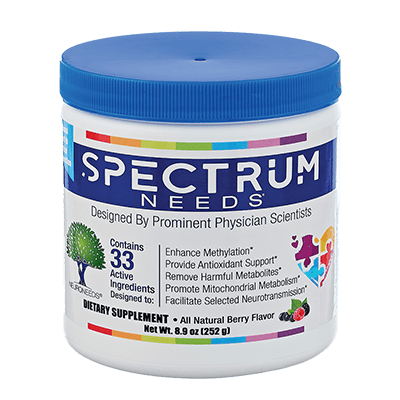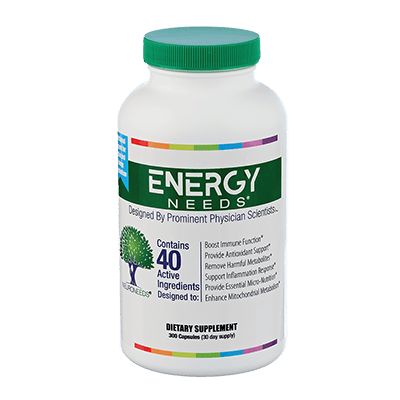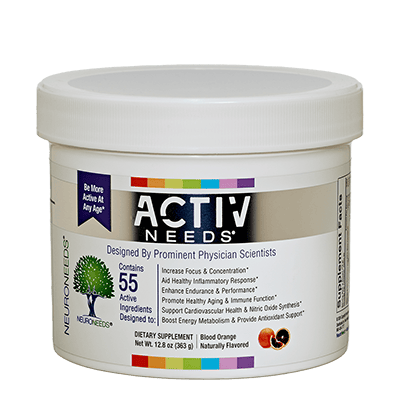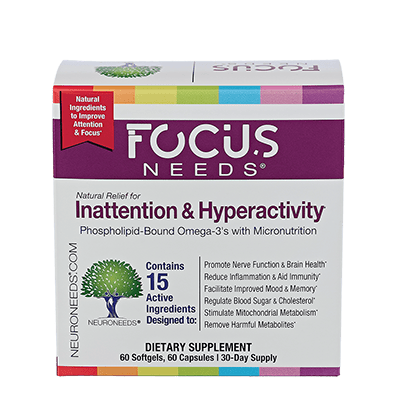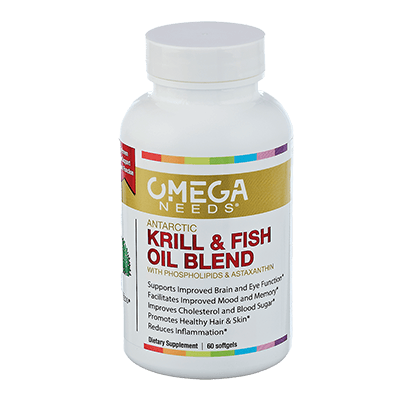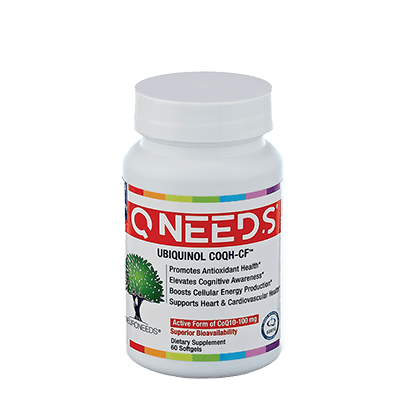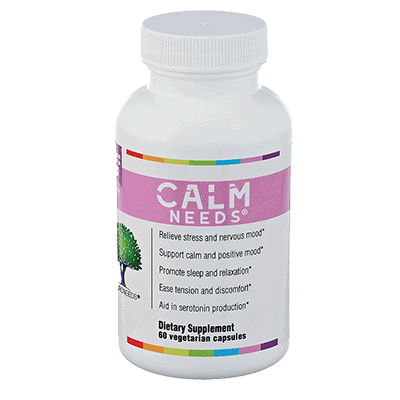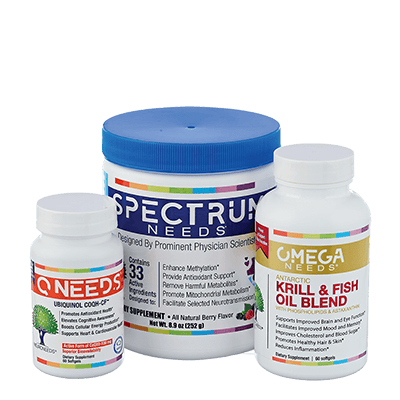People all over the world are rightfully concerned about the novel coronavirus pandemic, particularly in regards to groups of people thought to be vulnerable, such as the elderly and people with “underlying medical conditions”. My patient population varies greatly in terms of the degree of which each suffers from underlying medical conditions, ranging from physically healthy people with migraine or autism, to people with frequent hospital admissions in multi-system failure. Thus, no single communication would be accurate for all of my patients. When you figure in the fact that no one understands much about this novel viral infection, perhaps there is nothing that I can write that I can be sure of. Thus, consider this communication to simply contain my thoughts on the matter as of the day it was written (March 15, 2020).
What is your child’s risk?
First, and most important, think about what have you heard regarding COVID-19 in children and young adults? There is very little written at all about children, as the vast majority of infections have been in adults. Obviously, children are getting infected, but they are typically showing zero to mild symptoms. In fact, asymptomatic infected people, many of them children, is thought to be a major reason why this virus has broken out all over the world despite attempts to the contrary. This is what the Center for Disease Control (CDC) website says about the disease in children:
“The symptoms of COVID-19 are similar in children and adults. However, children with confirmed COVID-19 have generally presented with mild symptoms. Reported symptoms in children include cold-like symptoms, such as fever, runny nose, and cough. Vomiting and diarrhea have also been reported. It’s not known yet whether some children may be at higher risk for severe illness, for example, children with underlying medical conditions and special healthcare needs. There is much more to be learned about how the disease impacts children.”
There is that phrase again, “underlying medical conditions”. The truth is that no one really knows how various underlying medical conditions will affect the outcome of a COVID-19 infection. My thoughts are that most of my patients will do just fine with this infection, likely without any symptoms, with only mild cold symptoms, or possibly with an infection more like influenza.
How do you know if your child is in this relatively-low risk group? My best response is “How does your child react to other significant viral infections, such as influenza, RSV, and the like?” In most cases, COVID-19 in children and young adults will be similar. For example, if your child rarely gets sick, then you likely will not even notice a COVID-19 infection. If your child has cyclic vomiting and viral infections often provoke an episode, then COVID-19 likely will do that, possibly even if your child is presently under good control. If your child is frequently hospitalized with viral infections, then COVID-19 is likely to cause serious illness. How do you know if your child is immunocompromised? If your child has not yet been determined to be immunocompromised, and is not taking immunosuppressive medication, he/she probably has an adequate immune system, and risks are likely low. Simply having mitochondrial dysfunction does not, if itself, mean that your child is immunocompromised. These are my thoughts at the moment, and time will determine their accuracy.
Immunocompromised and others at high risk:
In those children and young adults that are known to be immunocompromised, COVID-19 has the potential to be a serious infection. The risks are also high in the elderly (even if “healthy”) and in older adults with underlying medical problems. Lower respiratory tract infection can occur, especially pneumonia. Signs of pneumonia include shortness of breath and rapid breathing, among others. Treatment of COVID-19 is outside of my expertise, and I defer to other experts such as in immunology, infectious disease, pulmonary medicine, and critical care. If you have any of these experts on your team, listen to them more than to me. You may want to contact your expert physician (e.g. immunologist) regarding any special precautions or treatments that may pertain to your child. However, of course, do tell them about your child’s unique health issues, and do encourage them to contact me for any assistance I can provide.
Antioxidants:
The deaths among the elderly, and near-elderly, around the world are tragic, and while I am a pediatrician and my patients are thus young, like most of you, my wife and I are thinking of our older relatives and friends. The deaths have also been enlightening, in that it appears that smoking may be a substantial risk factor for serious lung disease and death. Now, I know that most of your kids don’t smoke (if anyone smokes in the house stop this now!), but I bring this to your attention because smoking is a highly pro-oxidant situation. In this light, antioxidant therapies might be protective. In China, intravenous vitamin C, a powerful anti-oxidant, is being tried as a therapy. This does bring up the issue as to whether a robust antioxidative strategy might be helpful in mitigating infection from COVID-19.
Many of you know that for decades, and long before I produced my own product line, I have been an advocate of antioxidants as dietary supplements in a variety of conditions. In particular, I have often advised increased antioxidants during viral infections, especially in my sicker patients. As one of my families, I probably already discussed antioxidant regiments with you, and likely your child is already on antioxidants. If so, perhaps he or she is already partially protected? Maybe furthering that protection can offer additional protection?
While there is no proof that a robust antioxidant regiment will help. Here are some basic guidelines that apply, in general:
- This is not the time to be lax regarding antioxidant therapies. If this treatment has been recommended, but is not currently being followed, perhaps it is time to get back on the recommended regiment.
- The antioxidant that appears multiple times on the Internet regarding protection against COVID-19 is vitamin C. No one knows what dose is appropriate. Very high dosages can be pro-oxidant, and may not be best in your child. My best guess is 1,000 to 2,000 mg a day for adolescents and adults, with 1,000 mg a day in elementary school-aged children. If you are one of my patients taking SpectrumNeeds®, this product provides 900 mg in an adult if taken at the recommended dosing of 3 scoops twice daily, so you may or may not want to add another 500 to 1,000 mg daily.
- Although not well studied, additional antioxidants beyond vitamin C seems warranted to me, and risks are low. Antioxidants that I frequently recommend include coenzyme Q10 (see below), alpha lipoic acid, riboflavin, and vitamin E. Several antioxidants can be provided in a combination product (SpectrumNeeds®, ANRC Essentials Plus, MitoSpectrum, etc.), or individual antioxidant products can be purchased separately. If you are one of my patients taking SpectrumNeeds®, be advised that this product includes all of the above-mentioned antioxidants, additional cofactors for mitochondrial metabolism, and minerals (including zinc).
- Coenzyme Q10 (CoQ10) is the antioxidant that I cannot say enough of. I wrote a lot about CoQ10 at https://www.neuroneeds.com/active-ingredients/coenzyme-q10-also-known-as-coq10-vitamin-q-or-ubidecarenone-including-the-varieties-of-ubiquinone-and-ubiquinol/. In an additional summary, my opinions on this powerful antioxidant can be found in my January 2020 blog post called “The Scoop on COQ10, as well as, What is NOT in the Scoop?”
- Zinc also appears a lot on the Internet regarding its potential protection against COVID-19. There is no “correct” amount, but 15 to 20 mg a day in older children and adults is a reasonable choice, in my opinion. If you are one of my patients taking SpectrumNeeds®, this product provides 18 mg of Zinc for adults (at 3 scoops twice daily), so that is adequate in most cases. Some people get nausea with zinc, so “start low and go slow”. Zinc picolinate and zinc gluconate are preferred forms.
- Additionally, I may consider having some of my patients adding beta-carotene (adolescents to adults: 25,000 IU = 15 mg a day) and N-acetylcysteine (dosing varies, but 500 mg one to 4 times a day is a good dose, although nausea may limit to dosing that is practical). Again, the general rule: “start low and go slow”.
Prevention:
Our lives are temporarily on hold because a slow steady rate of infection is important so we do not overwhelm the healthcare system. However, it is feasibly possible that a majority of our population will contract this virus this year. My best advice is to stay healthy in general, with good diet, adequate sleep, antioxidant defenses, and a reduction in the amount of stress (really). For the vast majority of us, this virus will pass without serious issues. However, there are some of us for which COVID-19 infection carries high risk, especially among the elderly and immunocompromised, in which full isolation at home, and limiting visitation, is necessary and prudent. Additionally strategies to reduce exposure are plentiful and easy to find at https://www.cdc.gov/.
Telemedicine:
I encourage my patients to consider utilizing telemedicine (i.e. appointments via phone or electronic). All you need is a phone and/or a computer that can handle Skype, Zoom, Doxy, Go-To-Meeting, or other such platform. Everything is exactly the same as in person, including scheduling, time, areas covered, and pricing, just without the travel and infectious exposure.
Testing:
Testing for COVID-19 is still an issue, in that it is neither easy to obtain nor can all people be tested that wish to be. Hopefully, this will change soon. At present, only individuals can be tested “who meet CDC clinical and/or epidemiological criteria for COVID-19 testing,” basically meaning one has a severe respiratory infection, or any respiratory infection AND a contact with documented COVID-19 infected persons or places. Testing is performed using respiratory specimens collected from a healthcare provider. Thus, you still need to go to a healthcare center for testing.
The Content within this article and NeuroNEWS Blog is not intended to be a substitute for professional medical advice, diagnosis, or treatment. Always seek the advice of your physician or other qualified health provider with any questions you may have regarding a medical condition. Never disregard professional medical advice or delay in seeking it because of something you have read on this Blog.
*Disclosure: Dr. Boles is the Chief Medical & Scientific Officer for NeuroNeeds LLC, the start-up company that makes SpectrumNeeds®, QNeeds®, and CalmNeeds®. As such, he may receive financial compensation based upon by efforts and/or the success of the company. His primary interest herein is as your child’s physician. You are under no obligation to purchase this or any products, whether recommended by Dr. Boles or another health care provider. As always, it is recommended that you contact your physician regarding these products and all other changes to disease management.
Richard G. Boles, M.D.
Medical Geneticist
drboles@molecularmito.com

